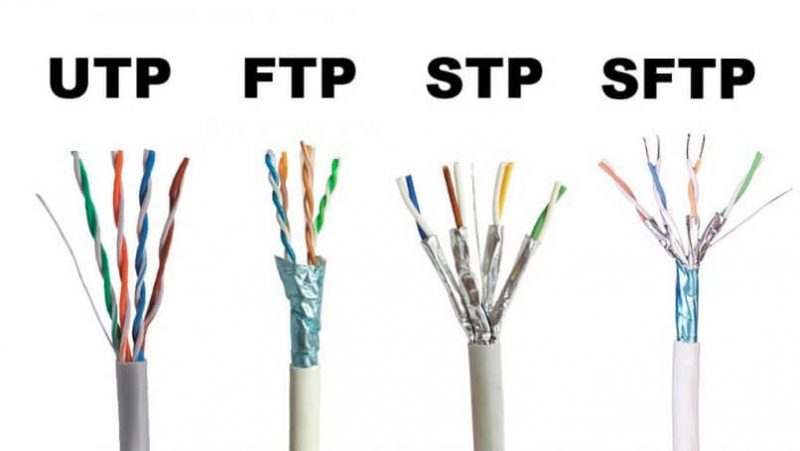The type of shielding you choose can play a big part on the stability, performance, speed and longevity of the cable and ultimately your network. When it comes to the construction, there is a lot of jargon thrown around. In a bid of breaking down the confusion, we’ll look at each one so you can better understand what you’re buying.
UTP – Unshielded Twisted Pairs
The cables are designed and constructed with a twisted pair or multiple twisted pairs as a core. As the title states these cables have no kind of shielding. They’re also the most basic and common type of cable. The cables are twisted together in an attempt of reducing the (EMI) electromagnetic interference.
FTP – Foiled Twisted Pairs
The cables are designed and constructed with a twisted pair or multiple twisted pairs as a core. This is then covered with a foil shield around the assembly. By doing it, it allows better cross-talk communication and the reduction of (EMI) electromagnetic interference.
STP – Shielded/Stranded Twisted Pairs
Similar to UTP, these cables are twisted together and then wrapped with a shielding or screening material which consists of a foil wrap or copper braided jacket.
S/FTP – Shield Foil Twisted Pair
These cables are designed and constructed as a mixture between both STP and FTP shielding. The wires inside the cable are twisted and then shielded with a foil wrapping. The group of 4 pairs are then wrapped with either another foil or flexible braiding screen. This provides the highest level of protection against cross talk and (EMI) electromagnetic interference. It is therefore the most expensive.


